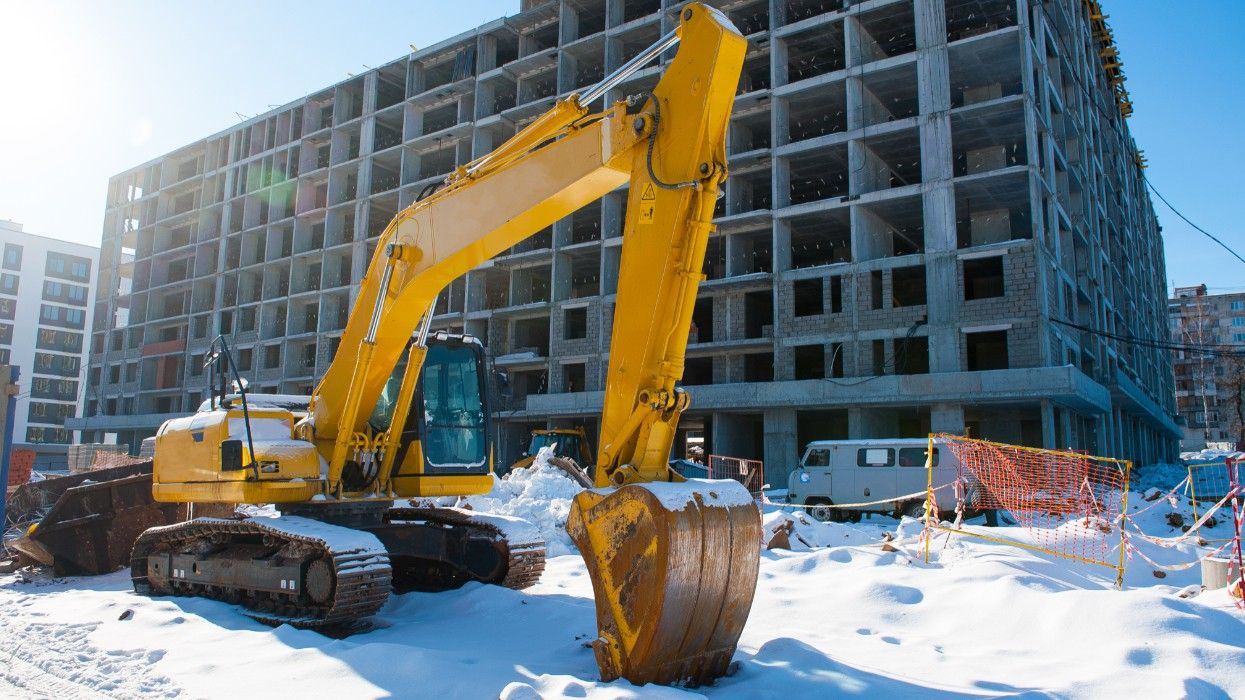Ontario cities that don’t meet their provincially imposed housing targets will have their funding redistributed to their neighbours.
In the coming months, the provincial government will begin doling out the Building Faster Fund (BFF), a three-year, $1.2B program intended to reward municipalities that are on track to meet their 2031 housing targets. Announced in August, the fund will provide $400M per year.
To be eligible for BFF funding, cities must reach 80% of their annual target each year. Those that exceed their target will receive a bonus; those that don’t hit that 80% goal won’t get a dime.
Ontario Premier Doug Ford revealed this week that any unspent BFF funds leftover from municipalities that don’t reach their annual housing targets will be redirecting into “additional housing-enabling infrastructure investments,” which other cities, including those that have already received their share of the BFF, can apply for.
Imposed on 29 large and fast-growing municipalities in 2022, the provincial housing targets range from 8,000 new homes in Niagara Falls to 285,000 in Toronto. The ten-year targets are based on each city’s population, as well as the growth trend observed from 2011 to 2021. Together, they account for 1,229,0000 of the 1.5 million new homes Ontario aims to build by 2031.
According to data from the Canada Mortgage and Housing Corporation, Ontario recorded over 89,000 housing starts in 2023, slightly below the 96,000 seen in 2022.
When Ford announced the BFF last summer, he said officials were aiming for at least 110,000 starts across the province within the first year of the program. Industry experts have estimated it will take more than 150,000 annual starts to reach the 1.5 million goal.
The City of Toronto accounted for the vast majority, with 30,516 starts. Mississauga, with its 10-year goal of 120,000 new homes, managed 2,392 starts in 2023, and Vaughan progressed towards its 42,000-unit goal with 1,835 starts. Over 2,900 starts were recorded in Brampton, where the goal is 113,000 new homes.
Outside the Greater Toronto Area, shovels got in the ground on 2,188 new homes in London and 3,701 in Hamilton. The cities both have 10-year housing targets of 47,000 units.
“Our government is committed to do what it takes to build more homes as quickly as possible across this province,” said Paul Calandra, the Minister of Municipal Affairs and Housing.
“Our goal is simple: To build more homes than we ever have before. We owe that to hardworking Ontarians, including the thousands of people who came here to make their dreams of home ownership a reality.”
In addition to redirecting funding away from underachieving cities, the Province will soon give more municipalities a shot at the BFF.
Ten percent of the fund — $120M — has been reserved for small, rural, and northern municipalities to help them build housing-enabling infrastructure.
Such locales, which have not been assigned housing targets, can access funding through an application-based process which will prioritize projects that can get shovels in the ground faster.
“We will continue to work closely with our small, rural and northern municipal partners to make sure that no part of Ontario is left behind,” Calandra added.





















